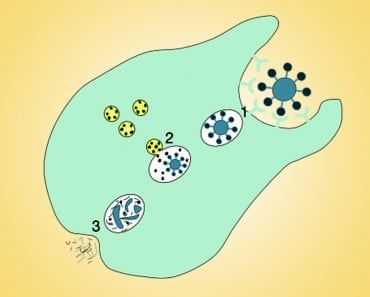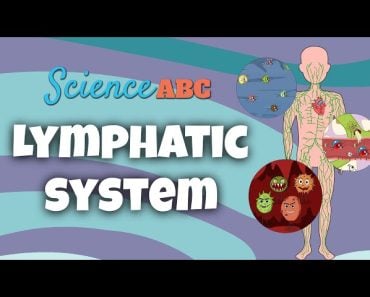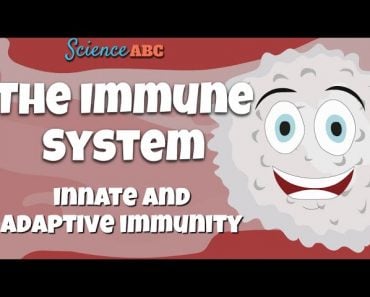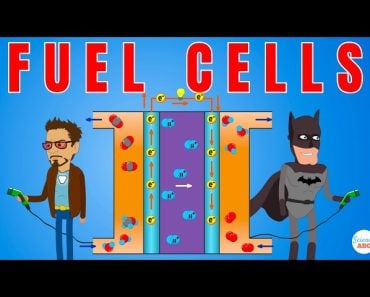Table of Contents (click to expand)
Movement across this membrane can take a number of different forms, generally classified into methods of active transport and passive transport. passive transport involves moving molecules “down” the concentration gradient, from areas of high concentration to low concentration. Active transport, however, is when molecules are moved “up” the concentration gradient. This is more difficult to achieve, which is why energy is required to perform this action. That energy comes in the form of ATP.
Our bodies are made up of not billions, but trillions of cells—more than 30 trillion on average, according to the latest studies. Even more incredibly, there are more than 200 different types of cells operating in your body at any given time. Each cell serves a specific purpose, and can behave rather autonomously, having its own set of genetic directions and infrastructure to execute complex tasks and ensure our survival.

When we look at a human as a whole, we often forget that we are marvelous machines composed of incredibly small parts, but looking deeper is important if you wish to understand the whole. With that in mind, if you were to approach a single cell, the first thing you would encounter is the plasma membrane. Movement across this membrane can take a number of different forms, generally classified into methods of active transport and passive transport. Without these two forms of transport, cellular function as we know it would be impossible, as would our existence!
Before we dig into the intricacies of these two forms of transport, let’s take a quick look at the plasma membrane itself.
Recommended Video for you:
What Is A Plasma Membrane?
If a cell is compared to a small city, then the plasma membrane is the wall that surrounds it, ensuring that the interior (cytoplasm and organelles) is kept separate from the exterior (extracellular fluid), and that any passage through the wall is closely controlled.
The plasma membrane itself is a lipid bilayer—a highly polar membrane composed of two layers of lipids. These two phosphilipid layers have their hydrophobic tails pointed inwards, and their hydrophilic heads pointed outwards, creating a barrier that can only be passed under special circumstances. These membranes are therefore known as selectively permeable. The membrane is not solely composed of such phospholipids; there are also larger structures, such as protein complexes and other forms of lipids, such as cholesterol.
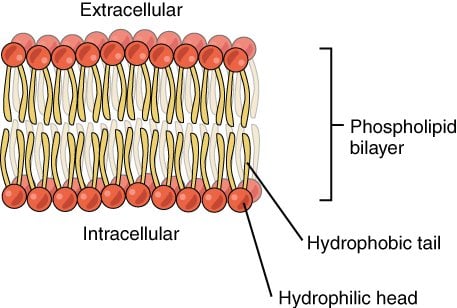
This barrier serves a very important purpose, as cells are in constant need of new nutrients, and are also constantly exporting things as well, from waste products to enzymes and neurotransmitters. To continue the analogy of the cell as a city, there is a perpetual flow of materials entering and leaving the gates, and in the case of the cell, this is namely water, ions, amino acids, sugars and other molecules/products. While some of the objects may be small, harmless and easy to admit, others require more effort or attention before they can enter or leave the cell. This is where the methods of molecular movement come into play—active and passive transport.
What Is Passive Transport?
Of the two types of movement across cellular membranes, passive transport is certainly the easier option. Utilizing the process of diffusion, which describes the movement of molecules from a region of higher concentration to lower concentration, passive transport requires no energetic input from the cell—no direct consumption of resources. The membrane still plays a part in the movement, in the sense that they can act as a filter, slowing the entrance of some molecules, or being more resistant to their passage, but the membrane will not control the direction of movement. That relies on the gradients present both within and outside the cell.
There are three main types of passive transport that occur in a cell membrane: simple diffusion, facilitated diffusion and osmosis.
Simple Diffusion
At the simplest level, oxygen and carbon dioxide need to be constantly exchanged across the cell membrane, and can do so at any point along the plasma membrane, i.e., there are no set areas where this needs to take place. The rate of passage through the membrane is dependent on a number of factors, such as its lipid solubility, size and structure of the molecule, and the concentration gradient of that molecule between the cytoplasm and the extracellular fluid. As mentioned, this process is not dependent on any energy being consumed or spent.

(Meme – Guy Strolling through an open gate – “Well, that was surprisingly easy”)
Facilitated Diffusion
Unlike the process of simple diffusion, facilitated diffusion is for larger molecules that must pass through a protein channel in order to gain entry or exit from a cell; in some cases, the help of a carrier protein is required for such molecules to pass through a protein channel. In the case of amino acids, sugars and key ions (potassium, sodium etc.), channels are required, since they cannot diffuse through like gases, as described above. These protein channels often have a specific shape and amino acid composition, such that only specific molecules can pass through specific channels. When carrier proteins are required, attaching to an external or internal molecule will change the structural nature of the carrier protein, allowing it to pass through the membrane to the other side and release the molecule to which it attached. Some carrier proteins require no energy, while others do demand some ATP consumption (a form of active transport).
Osmosis
Similar to the “simple diffusion” described above, the movement of water into an out of a cell is known as osmosis. This movement is from areas of high concentration to low concentration, in an effort to maintain equilibrium. This movement of water does not require any energy consumption.
What Is Active Transport?
While passive transport is the simple option for moving molecules across the membrane, active transport is no less essential to cell function and survival. Now, as explained above, passive transport involves moving molecules “down” the concentration gradient, from areas of high concentration to low concentration. Active transport, however, is when molecules are moved “up” the concentration gradient. This is more difficult to achieve, which is why energy is required to perform this action. That energy comes in the form of ATP.

Similar to passive transport, there are three main forms of active transport: endocytosis, exocytosis and membrane pumps. We will explore each in a bit more detail below.
Endocytosis
This is a form of vesicle movement in which things can be physically brought into the cell. In simple terms, imagine a cell opening its mouth and taking a gulp of the external environment, whether that gulp is simply composed of fluids (pinocytosis – “cell drinking”), or even a molecule or an entire other cell (phagocytosis – “cell eating”). Simply put, one layer of the phospholipid bilayer pinches around the desired substance or molecule and eventually forms a vesicle. This can then be passed through the second half of the bilayer and moved throughout the cell, as needed.
Exocytosis
This is a form of vesicle movement in which things can be physically pushed out or removed from the cell. When a vesicle forms inside a cell, it is made of similar materials as the plasma membrane, namely phospholipids. That vesicle and its contents can move to the plasma membrane and bond with it, the phospholipids can rearrange, and the contents can essentially be “dumped” outside into the extracellular fluid, and the vesicle will simply form part of the membrane. As with endocytosis, explained above, this action will require ATP consumption, as the movement of these molecules is often against the concentration gradient.

Membrane Pumps
When we discussed facilitated transport before, we mentioned carrier proteins. In that previous example, the molecules were moving “down” the concentration gradient, but for active transport, the cell must actively work to keep the concentration gradient uneven; in some cases, this is preferable for specific functions. Having a higher level of potassium inside and a higher level of sodium outside is an excellent example of this imbalance. To move molecules against this gradient, ATP is used to change the shape of the carrier protein so that the chosen molecules can be moved into areas of higher concentration.
A Final Word
At first glance, the plasma membrane may look like nothing but a protective shell for the cell, but it is a dynamic and perpetually active series of gates and passageways, enabling the smooth and efficient movement of critical molecules into and out of the cell. Understanding the reasons for such movements, as well as the different forms that such movement takes, provides a better sense of cellular metabolism and a greater respect for both the microcosm and macrocosm of life!







